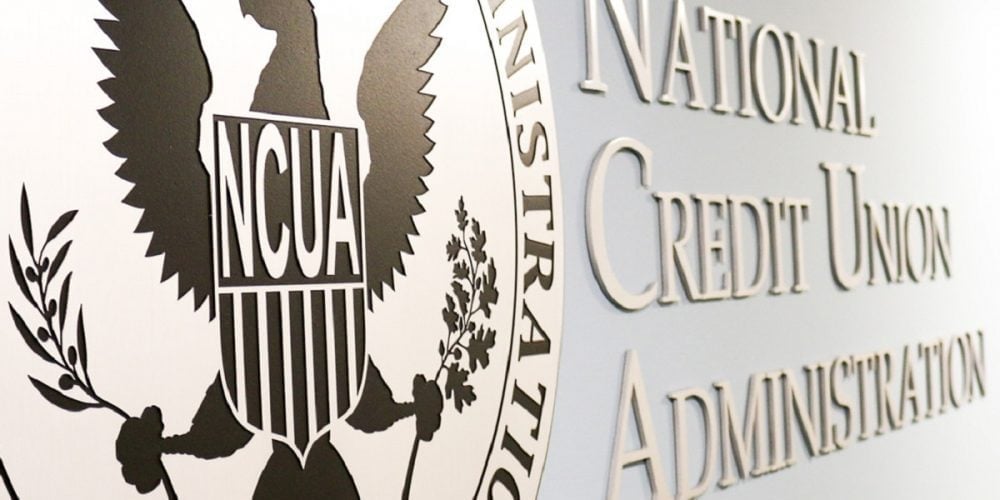I’ve seen a lot of strategic plans, but very few of them are successful.
First, most are not worth the paper they are printed on. They consist primarily of a “to-do” list of projects that come to mind, sometimes copied from the competition, sometimes requested by the regulator, and sometimes recommended by vendors. It would be just as easy to take a yellow legal pad, scribble down the list and call it the plan.
When I meet with credit union leaders for the first time, I highly recommend they watch Simon Sinek’s 2009 TEDx Puget Sound Talk, “Start with Why – How Great Leaders Inspire Action.” It’s a very moving presentation that clearly explains why credit unions exist. If the senior leadership of your credit union can’t succinctly explain its specific purpose, your credit union is doomed to fail. Put another way, is there a need in your community that only your credit union can fill?
During the depression, banks were failing, and the average citizen had little access to safe and secure account options. It was the perfect backdrop for the credit union movement. Small groups banded together to help each other meet their needs. Today, there are traditional banks, large credit unions, Internet companies, and many others ready and willing to meet consumers’ needs. Who really needs another average credit union?
I like to play chess. It’s a wonderful game of strategy and risk-taking. If you feel smart today, a chess Grandmaster can easily put you in your place. Consider Grandmaster Simon Williams’s video on how to improve your chess game, “How to Think in Chess, with GM Simon Williams.” Although you may not follow the chess theory laid out in this video, there are messages within that apply to your strategic plan:
1. Are you stuck in a rut? For a few credit unions, having an annual planning session is a waste of time and money. If your result is, “let’s just keep on keeping on,” you’ll die of boredom. A good planning session result is never “ditto.” Inaction leads to irrelevance.
2. Do you find it hard to improve?
“We have so many limitations.”
“We don’t have the budget.”
“We don’t have enough staff.”
“Our computer system can’t do that.”
“I just want to keep going so I can retire in a couple of years.”
“I wish we were like we used to be.”
Have you heard these before? If so, then you are making excuses, not looking for new opportunities. In the chess video, Williams points out that every position can be improved, even if by just a small increment. In the end, small changes lead to big gains.
3. Have you learned to repeat bad habits? When we fall back on “we’ve always done it this way,” we compound the impact of our poor preparation. In every credit union, there is a new day. Habits that worked in the past may not be successful tomorrow.
4. Are you open to plays that the top players play? Most beginning chess players learn simple openings and simple defenses. They are comfortable. The more they play these same maneuvers, the more familiar they become. At the highest levels, a player studies not only his upcoming opponent, but also analyzes their own game to see where the weaknesses are. Then they study the games of the past masters to see how they played. Improvement comes from being open to utilizing the methods of those who have been shining examples, and adopting your systems accordingly.
5. Analyze your good and bad pieces. Any organization is composed of myriad systems and capabilities. Some are good, others not so good. Where are your strengths, and which pieces need improvement? One of the hardest parts of a strategic plan is deciding to discontinue a service, close a branch, or help a poor performer find a better fit for their talents elsewhere.
6. Plan drift. A few years ago, we came up with a great strategy. We were really focused. We put all our action steps into a wonderful list, but we never seemed to get to where we set out. Why? With everyone putting their priority on the list, it got a little too crowded, and the path was obscured. If a new idea doesn’t get you closer to the goal, resist adding it to the plan. Avoid the clutter! Play with a purpose!
7. One-move threats. In chess, it’s easy to move a piece into position to challenge another piece. But does this threat (action) accomplish a long-term goal (winning)?
For example, a credit union may want to serve more Millennials. One study points out that one of the primary financial concerns of this group is too much debt – particularly student loans. Does it really help your focus to invest in a marketing campaign for new car loans targeting this group? Do they really need more debt? Understanding what your target market is and what that market needs will go a long way toward helping define your strategy.
8. Checkmate! I started this discussion by saying that the paper isn’t important. It’s the discussion about the plan that leads to success. Gathering everyone’s input and not relying on one person’s ideas. I can tell you from experience that no one has all the answers. Everyone has a different view of how to achieve success, because everyone comes from a different background. By listening to different viewpoints, the plan can take into consideration a broader perspective, and reach broader acceptance. In addition, having everyone involved in creating the plan leads to a sense of investment in the outcome. Even if one’s ideas don’t make it into the final plan, the feeling that every voice was heard allows everyone to support the outcome. Developing a common language to communicate your plan should be an obsession!







